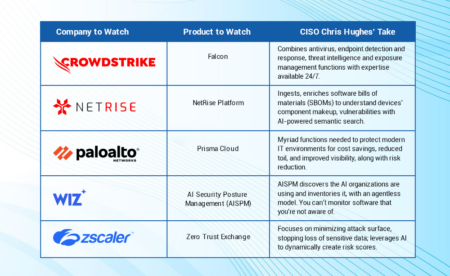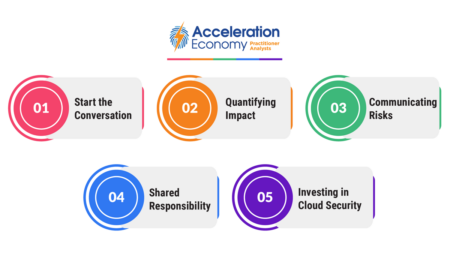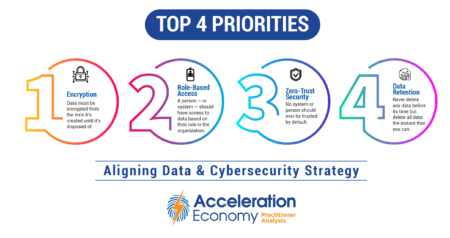The top 5 cybersecurity products to watch in 2024 feature a healthy dose of generative AI and turnkey platforms, as well as supply chain and cloud protections.
Compliance
Frank Domizio explores how IT leaders can ensure their organizations are protected from security threats in a way that also enables business growth.
Astra Zeneca exec Raaj Joshi details the company’s work with Celonis process mining, including an “underrated” use case around financial controls.
The chief data officer (CDO) and chief information security officer (CISO) should agree on encryption, role-based access, zero trust security, and data retention for effective business decisions and risk mitigation.
The challenges posed by the growing use of generative AI, including cost increases and sustainability concerns for data centers.
The AI pre-conference at Community Summit North America 2023 emphasized the role of generative AI, responsible AI, and Microsoft’s vision for the future.
Discover how the NVIDIA-VMware partnership empowers manufacturing with cutting-edge AI technology while addressing security and privacy concerns.
Neeti Mehta Shukla, in her role as chief social impact officer, discusses the remarkable journey of Automation Anywhere as it empowers nonprofits with cutting-edge technology.
In this Road to Community Summit 2023 discussion, Signup Software execs join John Siefert to discuss the company’s presence at Community Summit North America 2023 and its ExFlow product.
AWS unveils a game-changing Cyber Insurance Program to address common challenges in the cyber insurance market, offering quick quotes, multiple insurer options, and use of AWS services for streamlined assessments.
Process mining has several potential cybersecurity applications including incident investigation, anomaly detection, and detecting insider threats.
Databricks announces Lakehouse Apps, enabling developers to build and distribute native applications on its Marketplace, providing easy integrations, extended services, and flexibility for developers.
The increasing adoption of cloud services, particularly software-as-a-service (SaaS), has reshaped the role of the chief information security officer (CISO).
Employment identity theft is a growing concern for individuals and businesses. Learn how to protect yourself and your organization from becoming a victim.
Machine learning is impacting endpoint security in areas such as enhanced threat detection, false positivity reduction, and the ability to implement proactive security measures.
With its acquisition of data and policy governance leader Okera, Databricks validates its focus on leveraging AI tech for data management and governance.
Leveraging threat intelligence for operational needs can make organizations more effective and adaptable in modern cybersecurity operations.
Working with multiple partners delivers the best outcomes for enterprises looking to integrate critical elements of modern business infrastructure.
ChatGPT, and its generative AI underlying technology, can replace some, but not all, human tasks. In this analysis, Janet Schijns explores which ones are best suited for machines versus humans.
The Cloudera Data Platform (CDP) supports data access, analytics, and governance across diverse architectures and sources.





















